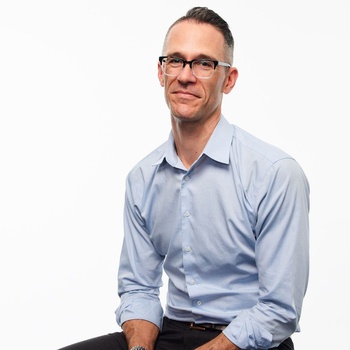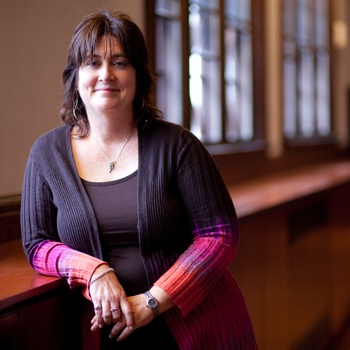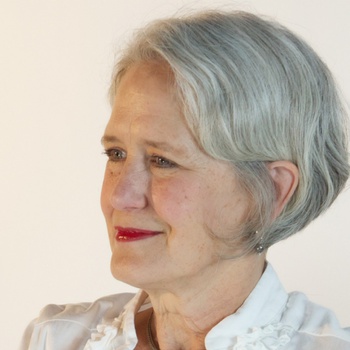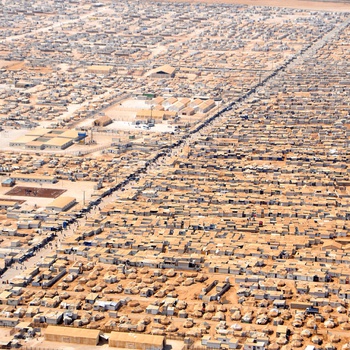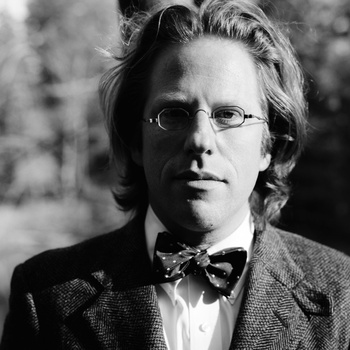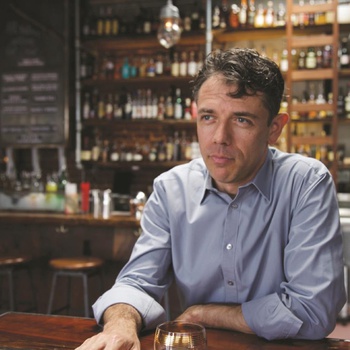Is Reflecting Sunlight from the Atmosphere a Bridge to the Future?
Kelly Wanser
August 14, 02018
Recent data shows damage from climate change rapidly increasing. There are many scientifically proposed methods (from the U.S. National Academy of Sciences, the U.K. Royal Society, and the American Geophysical Union among others) for directly reducing atmospheric heat. Yet to date there are still no formal research programs or capabilities to further explore these geoengineering ideas. What are the potential risks and benefits? How do we balance this effort vs. emissions reduction and restoring the natural system? Kelly Wanser of SilverLining discusses her work advocating, educating and coordinating research on this important effort to combat climate change.
Kelly Wanser, as Executive Director of SilverLining, helps drive research that will ensure safe pathways for climate for people and ecosystems within the coming decade. She works to accelerate adoption of technologies that help us understand and manage climate as a complex systems problem. Ms. Wanser works closely with leading scientists, engineers, technologists and government leaders on efforts to increase research and accelerate progress on reducing atmospheric heat. She testified before the U.S. House Space, Science and Technology Committee as part of a panel on "Geoengineering: Innovation, Research, and Technology." She serves as Board Director for BioCarbon Engineering, who use drone and AI technology to help restore ecosystems, and is a Senior Advisor to BlackBirch, whose hyper-local data helps companies manage weather risk.
Upcoming Talks
Videos

Johanna Hoffman
Speculative Futures: Design Approaches to Foster Resilience and Co-create the Cities We Need
October 12, 02022

Creon Levit
Space Debris and The Kessler Syndrome: A Possible Future Trapped on Earth
April 26, 02022

Brittany Cox
Horological Heritage: Generating bird song, magic, and music through mechanism
August 20, 02019

Elizabeth Lonsdorf
Growing Up Ape: The Long-term Science of Studying Our Closest Living Relatives
April 30, 02019

James Holland Jones
The Science of Climate Fiction: Can Stories Lead to Social Action?
January 29, 02019

Kevin Kelly, Stewart Brand, Alexander Rose
Siberia: A Journey to the Mammoth Steppe
January 22, 02019

Caroline Winterer
The Art and Science of Deep Time:
Conceiving the Inconceivable in the 19th Century
September 4, 02018

Esther Dyson
The Short Now: What Addiction, Day Trading, and Most of Society’s Ills Have in Common
July 17, 02018

Hannu Rajaniemi
The Spirit Singularity: Science and the Afterlife at the Turn of the 20th Century
July 10, 02018

Shahzeen Attari
Facts, Feelings and Stories: How to Motivate Action on Climate Change
June 26, 02018

Renée DiResta
Disinformation Technology: How Online Propaganda Campaigns Are Influencing Us
April 10, 02018

Scott Kildall
Art Thinking + Technology: A Personal Journey of Expanding Space and Time
August 15, 02017

Miles Traer
The Geological Reveal: How the Rock Record Shows Our Relationship to the Natural World
June 27, 02017

Andrew Lakoff
How We Became “Unprepared”:
Imagining Catastrophe from the Cold War to Bird Flu
May 30, 02017

Jennifer Petersen
Why Freedom of Speech Is More Than Speech:
Expressions in Media and Code
April 18, 02017

Tara Behrend
The Psychology of Surveillance:
How Being Watched Changes Our Behavior
February 28, 02017
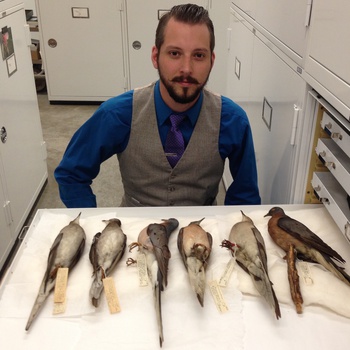
Ben Novak
The Next Flight of the Passenger Pigeon: Engineering Nature's Engineers
September 27, 02016



















